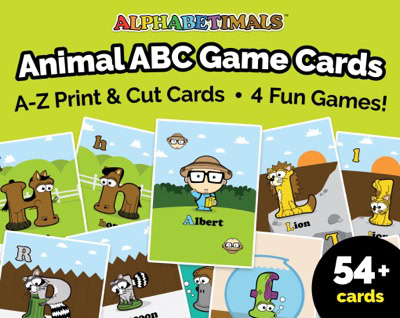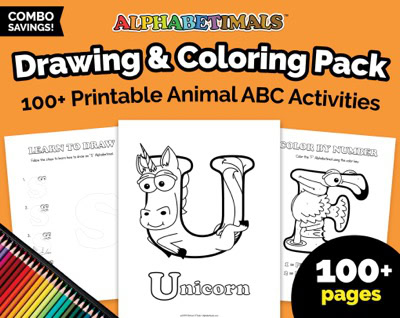
Platypus
The platypus is a special mammal from Australia. It has a bill like a duck, lays eggs, and swims with webbed feet and a beaver-like tail! Platypuses are furry, friendly, and full of surprises! Join us on a journey of discovery and find out what makes these animals so special. Learn with Albert as he explores these amazing platypus facts for toddlers, preschoolers and kindergartners. Click on the images to hear silly sounds and then read about fun platypus facts like what do platypuses look like?, what sound do platypuses make?, how big are platypuses?, what do platypuses eat?, where do platypuses live?, and more fun facts and printable platypus coloring pages for kids!

What do platypuses look like?

Platypuses are mammals which means that they are warm-blooded, have fur and they feed milk to their babies.
Platypuses are also known as duck-billed platypuses.
Platypuses are a special type of mammal because they lay eggs like birds!
They are fascinating animals that look very weird! They have an otter-like body, a duck-like beak, a paddle-shaped tail and webbed feet!

What sound do platypuses make?


Click the the image to hear the sound!
Platypuses make clicks, rattles and growls. Their growling sounds like a puppy growling.

How big are platypuses?

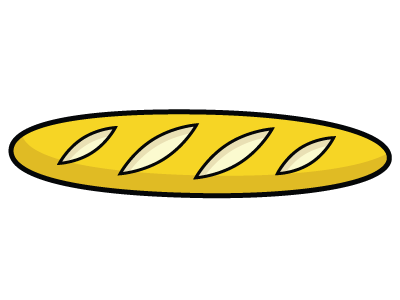
Platypuses can grow up to 25 inches (63 centimeters) long from the tip of their beak, or bill, to the tip of their tail. That’s about as long as a French baguette.

What do platypuses eat?

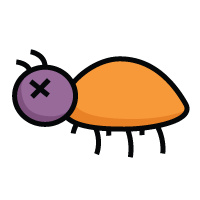
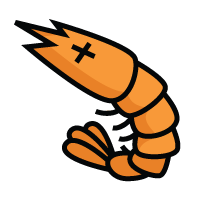
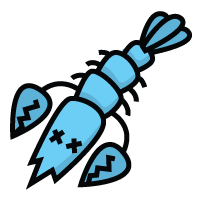
Platypuses are carnivores which means that they only eat meat.
They feed on worms, baby insects, shrimp and crayfish.

Where do platypuses live?

Platypuses are only found in Australia. They swim about in freshwater and dig underground burrows.
More fun facts about platypuses for kids
- Platypuses don’t have nipples to feed their babies milk. Instead they sweat out milk which the babies can lap up. Imagine running around outside and sweating milk!
- Playtpuses are venomous! Quite a lot of snakes are venomous which means they can hurt you if they bite you. It is very unusual for a mammal to be venomous. Platypuses have a sharp spur (or claw) on their back feet which can inject venom when fighting.
- For an animal that spends most of its time in and around water, playtpuses can’t hold their breath for very long. They have to resurface to breathe after less than 3 minutes underwater.
- Platypuses can store prey in their cheek pouches. They can catch it underwater and then carry it in their cheeks to the surface to eat. If they pick up any mud by mistake, they can spit this out of the pouch whilst eating their food.
- Platypuses have biofluorescence. This means they glow blue and green (under UV light). Scientists aren’t sure why they do this. To people, they just look brown and white.
- When explorers first saw a platypus, they took one home to show people. Nobody believed that it was a real animal. They thought that the explorers had glued a duck’s head and feet onto a mammal’s body!
Free platypus coloring pages
Want to color our Platypus Alphabetimal?
Sources: Wikipedia, Live Science, Creative Commons, Britannica.com and Freesound.org

Alphabetical list of animals that start with P
A full alphabetical list of popular animal names that begin with the letter P for toddlers and preschool kids.
- Panda
- Panther
- Parakeet
- Parrot
- Partridge
- Peacock
- Peccary
- Pelican
- Penguin
- Pheasant
- Pig
- Pigeon
- Pika
- Pike
- Piranha
- Platypus
- Poison Dart Frog
- Polar Bear
- Polecat
- Pony
- Porcupine
- Prairie Dog
- Prawn
- Praying Mantis
- Proboscis Monkey
- Puff Adder
- Puffer Fish
- Puffin
- Puma
- Python
Which one should be the next Alphabetimal? Let us know on our facebook page.
All animals A-Z
Animal phonics alphabet
Animals that start with common phonics digraphs
Animal facts for kids
Other animal collections
Try our Printable Alphabet Worksheets! Download a FREE SAMPLE or preview all 200+ on Etsy.com or TeachersPayTeachers.com
